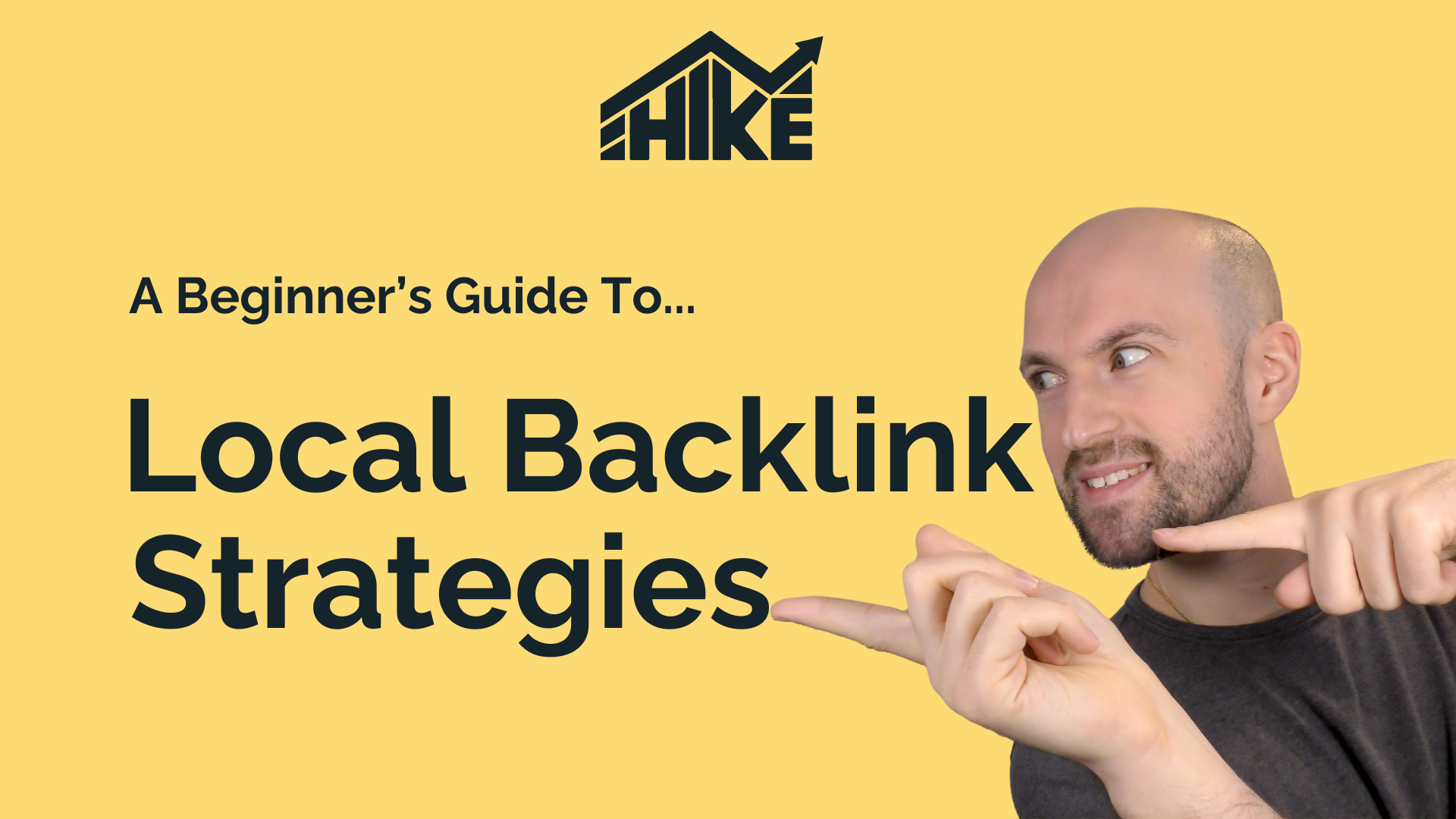In this video, we’re diving deep into the world of redirect chains, exploring what they are, why they impact your website’s performance, and how to effectively manage and prevent them. You can watch the video or read the text summary below:
Understanding Redirect Chains
In this informative guide, we’ll explore the intricacies of redirect chains, shedding light on their significance and offering practical solutions for improvement.
What Are Redirect Chains?
Redirect chains occur when multiple redirects create a sequence, leading users through intermediate pages before reaching the final destination. This chain-like structure can result in delays and impact the overall user experience. An example includes redirecting from Page A to Page B, then to Page C, before reaching the final destination at Page D.
Why Remove Redirect Chains?
Negative User Experience: Redirect chains slow down the process, leading to frustration and a negative user experience.
Increased Loading Times: Prolonged loading times can deter visitors, leading to non-returning users.
Search Engine Crawling: Slows down search engines from efficiently crawling pages, affecting indexing.
Link Equity Reduction: Multiple redirects in a chain can gradually reduce link equity, affecting page authority.
Chains vs. Loops: Redirect loops occur when two or more pages redirect back and forth endlessly, disrupting website functionality. Resolving these loops is crucial to ensure users and bots reach the intended destination page without getting stuck in an infinite loop.
Managing Content Updates: To avoid redirect chains, consider these best practices:
- Review existing content to identify outdated or redundant pages.
- Consolidate similar topics into single pages to reduce the need for redirects.
- Implement 301 redirects directly from old URLs to final destinations.
- Balance SEO needs when merging or deleting pages to preserve link equity.
- Update internal links to minimize the necessity for redirects.
Tools for Chain Analysis
Explore tools like Amiya Redirect Path, a free Chrome browser plugin that provides insights into redirect paths. This tool aids in identifying and resolving redirect chains, ensuring a smoother user experience.
Preventing Redirect Chains
- Keep track of existing and new pages, noting changes to page URLs or deleted pages.
- Regularly monitor for redirect changes and fix them promptly to prevent chain formation.
- Use plugins to automatically detect 404 errors or changes in URLs and redirect them appropriately.
- Inform your team about redirect processes and the importance of avoiding redirect chains.
Why Choose Hike SEO?
Hike SEO is an excellent platform for beginners, small businesses, and agencies. It offers tools to detect redirects and 404 errors in its action engine, providing actionable insights on why they occur, how to fix them, and the estimated time and priority for resolution. Empower yourself to take control of your SEO effortlessly.
Thank you for joining this exploration of redirect chains. If you have questions or seek further guidance, reach out. Don’t forget to explore Hike SEO—a platform designed for SEO empowerment, even for those with minimal experience. Visit hikeseo.co and embark on your journey to SEO mastery. See you there!



